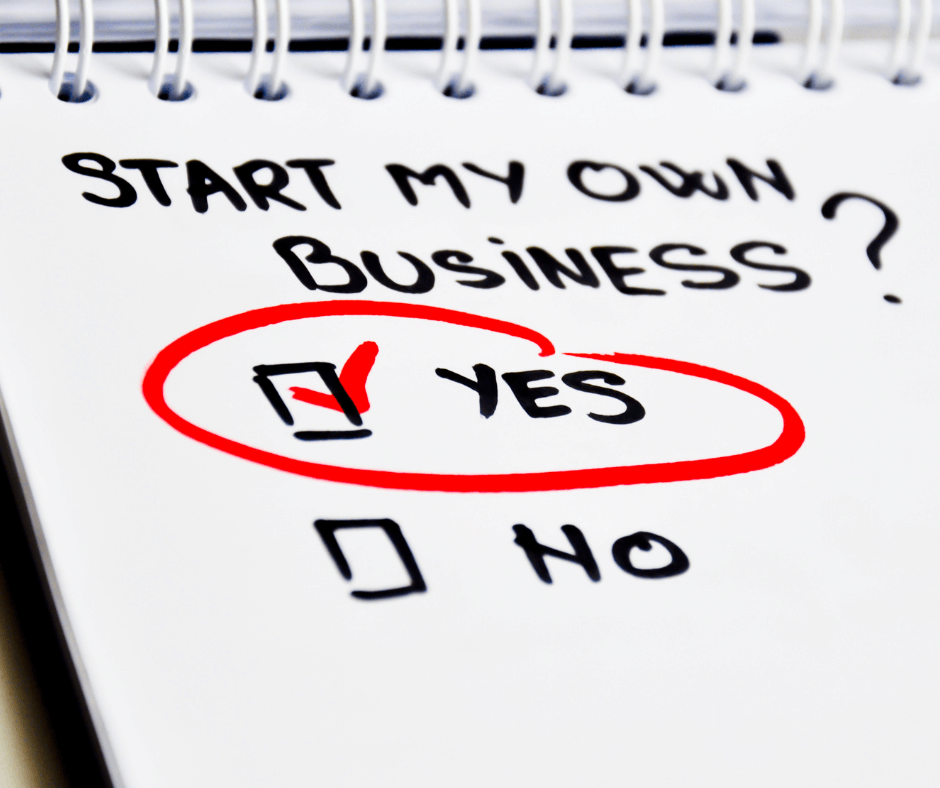Economic development professionals, lawyers, accountants, and business consultants are often the first supports budding entrepreneurs encounter when aiming to start a business. But many of these professionals and the organizations they sometimes work for recommend only a few familiar legal structures to their clients. In some cases, they should consider recommending one often overlooked: a co-operative.
So, if you have a client showing signs of doing business as a group, whether for profit or not, we have news for you: the co-operative legal structure is probably a great fit.
Here are three signs your client should be considering the co-operative legal structure.
Three or more people or legal entities involved
One clear sign that the co-operative legal structure might be an option for your client is that the venture has three or more legal entities forming it. Whether people or businesses, the co-operative model scales nicely – especially for independent producers or ventures that share a common goal or need.
Often the shareholders or members of these types of co-operatives are small-scale, like artists, who work together to market their products to larger markets or create a marketplace. Familiar examples across western Canada include agricultural co-ops, like broad-acre farmers forming seed-cleaning plants or produce growers developing packaging and distribution centres. Inuit carvers have also used the model for marketing their art around the globe.
Ocean Spray – a value-add processing, marketing, and distribution company owned by cranberry farmers – is a well-known example of independent businesses forming a co-operative to leverage synergies and add value. With over 700 producer shareholders across the US, Canada, and even Chile, this iconic brand provides staples for healthy lunches throughout North America and beyond. It has also introduced packaged product innovations like juice blends, juice boxes, and, perhaps most famously, Craisins.
The group could benefit from incorporating
Incorporating offers many advantages if your client’s venture needs to raise money. Incorporating as a co-operative has those same benefits. Once incorporated, a group venture can approach investors, take on debt, and apply for grants. Plus, being incorporated formalizes some of these processes.
Similarly, incorporating provides limited liability, something not available to some forms of partnership and sole proprietors. Finally, forming an entity separate from its owners can help with succession and longevity. In fact, co-operatives often survive longer than their non-incorporated SME siblings and are more likely to make it past the five-year startup phase.
The reason behind the venture is to access a good or service
Another sign your client should consider forming a co-operative is that they plan to deliver a much-needed good or service – especially one not provided by a government body or more extensive corporate interests.
Past examples of these co-operatives include utility providers, like electricity, water, or fibre optics. But also agricultural equipment and labour-sharing services, marketing and administration, or distribution and packaging. Some simply deliver back office-type services, like bookkeeping. This sharing of resources can bring down fixed and/or variable costs for small businesses, making the company more viable.
Considering incorporating as a co-operative? Try our incorporation product. Our expertise makes the process straightforward and helps ensure success.

 Written by
Written by 


